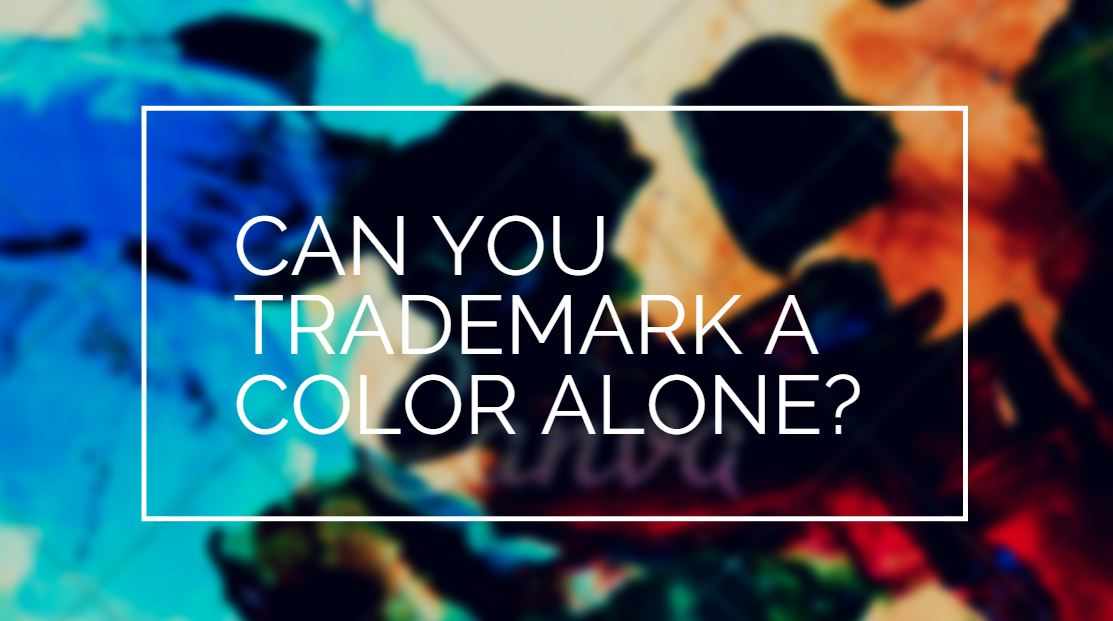
Have you ever thought of a color and associated it with a brand? Like the soft blue of Tiffany's jewelry boxes or the vibrant purple of the Cadbury boxes. It is no accident but a strategic move of these companies to protect their signature shades. This article aims to help you understand what the law says about trademarked colors and also answers the question: Can you copyright a color?
First Things First: Can You Copyright a Color?
The answer to the question "Can you copyright a color?" is a no. Copyright laws protect original creative works like songs, books, films, and paintings. Thus, if you create an original art piece, it might be protected, but not the individual colors of that piece.
But Can You Trademark a Color?
The answer to this question is interesting. While one cannot copyright a color in specific conditions, you can trademark it.
In countries like the U.S., Canada, the UK, and EU nations, it is possible to register a color as a trademark, but only if you can prove that people strongly associate that color with your product or service. This feature is often referred to as "acquired distinctiveness."
In other words, if a customers see a certain color and immediately thinks of your brand, you could trademark it. However, it is not as easy as it seems. In many countries, especially in parts of Asia, Africa, and the Middle East, trademarking a color is not allowed at all.
Examples of Trademarked Colors
● Tiffany & Co. trademarked their signature robin's-egg blue that it uses on its packaging.
● UPS owns chocolate brown for use on delivery trucks and uniforms.
● Cadbury famously trademarked purple as used on their chocolate wrappers.
● John Deere uses green and yellow on farm equipment.
● Home Depot is known for its bright orange, especially the one used on their aprons and in-store displays.
● Target owns that unmistakable red for its retail stores and branding.
However, it is important to note that these brands did not trademark these colors in abstract but as applied to specific goods or contexts like the blue jewelry boxes or brown trucks.
Should You Try to Trademark a Color?
Now comes the question: should you trademark a color? The answer is no unless your color has already become a symbol of your brand in your industry. It becomes extremely expensive, time-consuming, and hard to trademark a color; thus, businesses go more on protecting their:
● Brand name
● Logo
● Tagline
These are easy to register and offer stronger protection.
Conclusion
So, can you copyright a color? No. But can you trademark a color? Yes, if your trademarked color possesses distinctiveness, people associate it with your brand, and only in certain countries. At the same time, only a few companies have been successful in securing a trademarked color only in rare cases. Thus, if you want to get a trademark for your color, then focus on building a strong brand identity first.


Write a comment ...